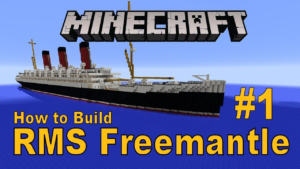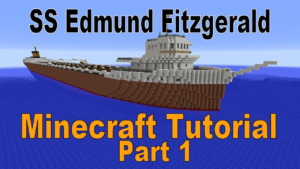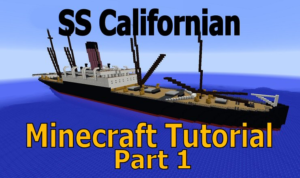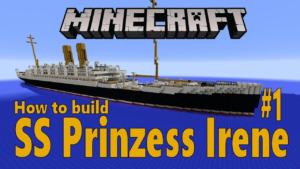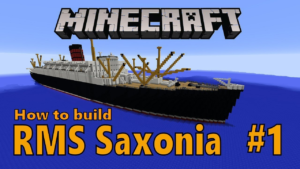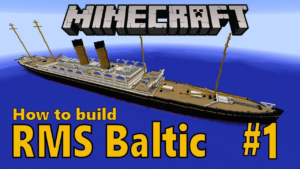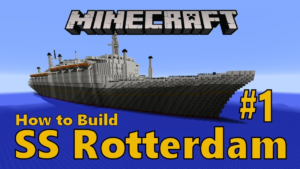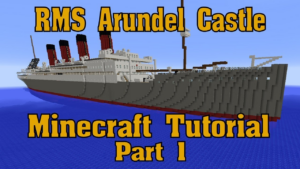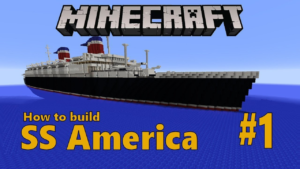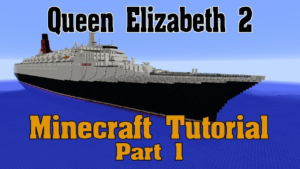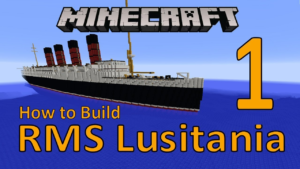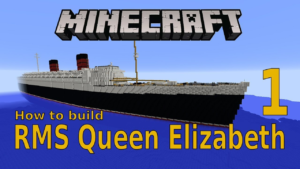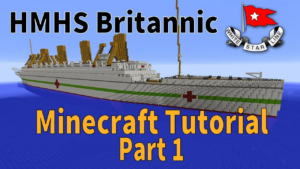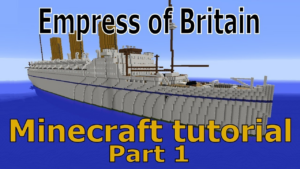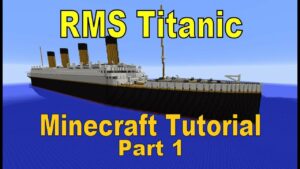RMS Lusitania was a British ocean liner that was sunk on 7 May 1915 by a German U-boat 11 miles (18 km) off the southern coast of Ireland. The sinking presaged the United States declaration of war on Germany two years later.
Lusitania held the Blue Riband appellation for the fastest Atlantic crossing and was briefly the world's largest passenger ship until the completion of her sister ship Mauretania three months later. The Cunard Line launched her in 1906 at a time of fierce competition for the North Atlantic trade. She was sunk on her 202nd trans-Atlantic crossing.
German shipping lines were aggressive competitors for the custom of transatlantic passengers in the early 20th century, and Cunard responded by trying to outdo them in speed, capacity, and luxury. Cunard used assistance from the British Admiralty to build Lusitania, on the understanding that the ship would be available as a light merchant cruiser in time of war. She had gun mounts for deck cannons, but no guns were ever installed.
Both Lusitania and Mauretania were fitted with revolutionary new turbine engines that enabled them to maintain a service speed of 25 knots (46 km/h; 29 mph). They were equipped with lifts, wireless telegraph, and electric light, and provided 50-percent more passenger space than any other ship; the first-class decks were noted for their sumptuous furnishings.
The Royal Navy had blockaded Germany at the start of the First World War; the UK declared the entire North Sea a war zone in the autumn of 1914 and mined the approaches. In the spring of 1915, all food imports for Germany were declared contraband. RMS Lusitania left New York for Britain on 1 May 1915 when German submarine warfare was intensifying in the Atlantic. Germany had declared the seas around the United Kingdom a war zone, and the German embassy in the United States had placed newspaper advertisements warning people of the dangers of sailing on Lusitania.
On the afternoon of 7 May, a German U-boat torpedoed Lusitania 11 miles (18 km) off the southern coast of Ireland inside the declared war zone. A second internal explosion sank her in 18 minutes, killing 1,198 passengers and crew.
The Germans justified treating Lusitania as a naval vessel because she was carrying hundreds of tons of war munitions, making her a legitimate military target, and they argued that British merchant ships had violated the cruiser rules from the very beginning of the war. The internationally recognized cruiser rules were obsolete by 1915; it had become more dangerous for submarines to surface and give warning with the British introduction of Q-ships in 1915 with concealed deck guns. The Germans argued that Lusitania was regularly transporting war munitions; she operated under the control of the Admiralty; she could be converted into an armed auxiliary cruiser to join the war; her identity had been disguised; and she flew no flags. They claimed that she was a non-neutral vessel in a declared war zone, with orders to evade capture and ram challenging submarines.
However, the ship was not armed for battle and was carrying thousands of civilian passengers, and the British government accused the Germans of breaching the cruiser rules (even if they were not). The sinking caused a storm of protest in the United States because 128 American citizens were among the dead. The sinking shifted public opinion in the United States against Germany and was one of the factors in the declaration of war nearly two years later. After the First World War, successive British governments maintained that there were no munitions on board Lusitania, and the Germans were not justified in treating the ship as a naval vessel. In 1982, the head of the British Foreign Office's American department finally admitted that there is a large amount of ammunition in the wreck, some of which is highly dangerous and poses a safety risk to salvage teams













